Archives
- 2025-11
- 2025-10
- 2025-09
- 2025-03
- 2025-02
- 2025-01
- 2024-12
- 2024-11
- 2024-10
- 2024-09
- 2024-08
- 2024-07
- 2024-06
- 2024-05
- 2024-04
- 2024-03
- 2024-02
- 2024-01
- 2023-12
- 2023-11
- 2023-10
- 2023-09
- 2023-08
- 2023-07
- 2023-06
- 2023-05
- 2023-04
- 2023-03
- 2023-02
- 2023-01
- 2022-12
- 2022-11
- 2022-10
- 2022-09
- 2022-08
- 2022-07
- 2022-06
- 2022-05
- 2022-04
- 2022-03
- 2022-02
- 2022-01
- 2021-12
- 2021-11
- 2021-10
- 2021-09
- 2021-08
- 2021-07
- 2021-06
- 2021-05
- 2021-04
- 2021-03
- 2021-02
- 2021-01
- 2020-12
- 2020-11
- 2020-10
- 2020-09
- 2020-08
- 2020-07
- 2020-06
- 2020-05
- 2020-04
- 2020-03
- 2020-02
- 2020-01
- 2019-12
- 2019-11
- 2019-10
- 2019-09
- 2019-08
- 2019-07
- 2018-07
-
Statins are recognized by their nephroprotective effect
2022-08-03

Statins are recognized by their nephroprotective effect (Chmielewski et al., 2002). The hepato- and nephroprotective effects of silymarin are also well studied (Alqasoumi, 2014, Mohamed et al., 2018). Several studies documented increasing 155 8 of FXR by statins (Byun et al., 2014& (Lu et al., 2004
-
br Introduction The term autophagy was
2022-08-03
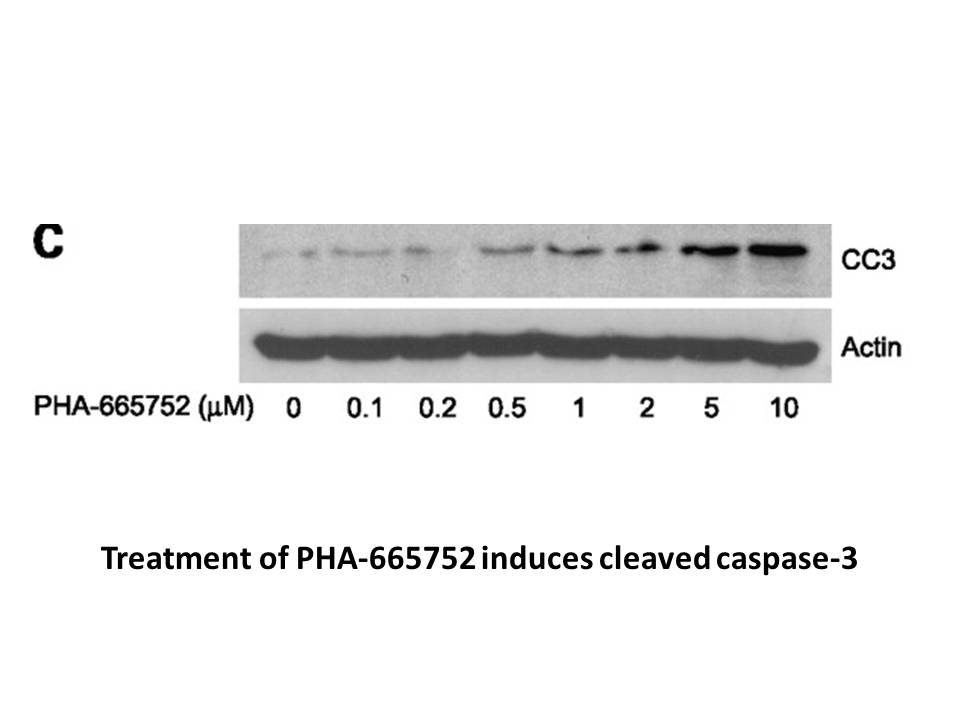
Introduction The term “autophagy” was coined by Christian de Duve in 1963 to describe the process of removing and degrading intracellular components such as unused proteins and damaged organelles through lysosomes [1,2]. Autophagy has been divided into three main types, namely, macroautophagy, mi
-
br Results br Discussion br STAR Methods br Acknowledgments
2022-08-03
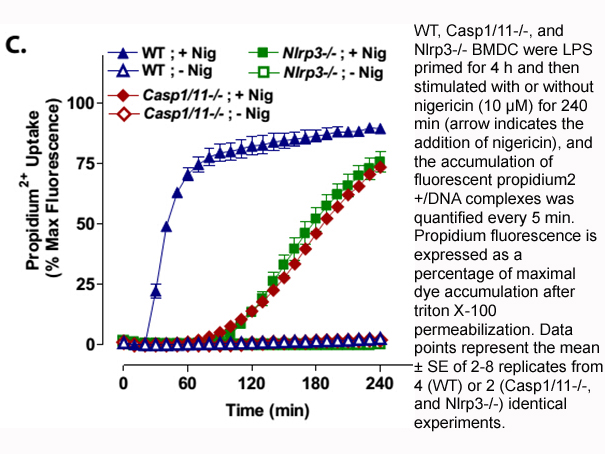
Results Discussion STAR★Methods Acknowledgments The authors thank Drs. Michael Wegner, Ron Waclaw, and Ed Hurlock for critical comments. We thank Drs. Lihui Tsai and Jiang Wu for CHD8 and ASH2L-expressing vectors, respectively, Dr. Yueh-Chiang Hu for generating transgenic lines, and Jing
-
Synthesis of these hydrazide inhibitors is
2022-08-03
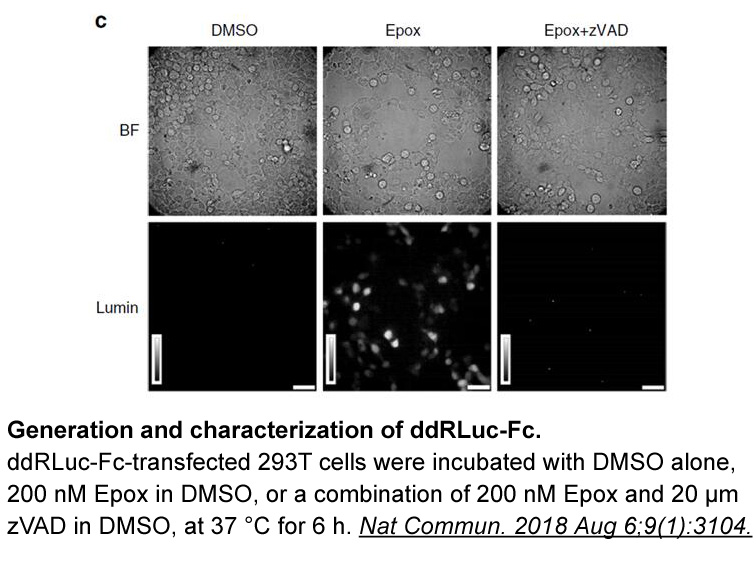
Synthesis of these hydrazide inhibitors is outlined in , . Condensation of Boc-carbazate with desired aldehyde resulted in hydrazone of type which were reduced to alkylated hydrazides using NaBH and toluenesulfonic acid. The resulting alkylated hydrazides were acylated with Hesperadin chlorides
-
br Chemistry The methylsulfanyl dihydro H thieno g
2022-08-03
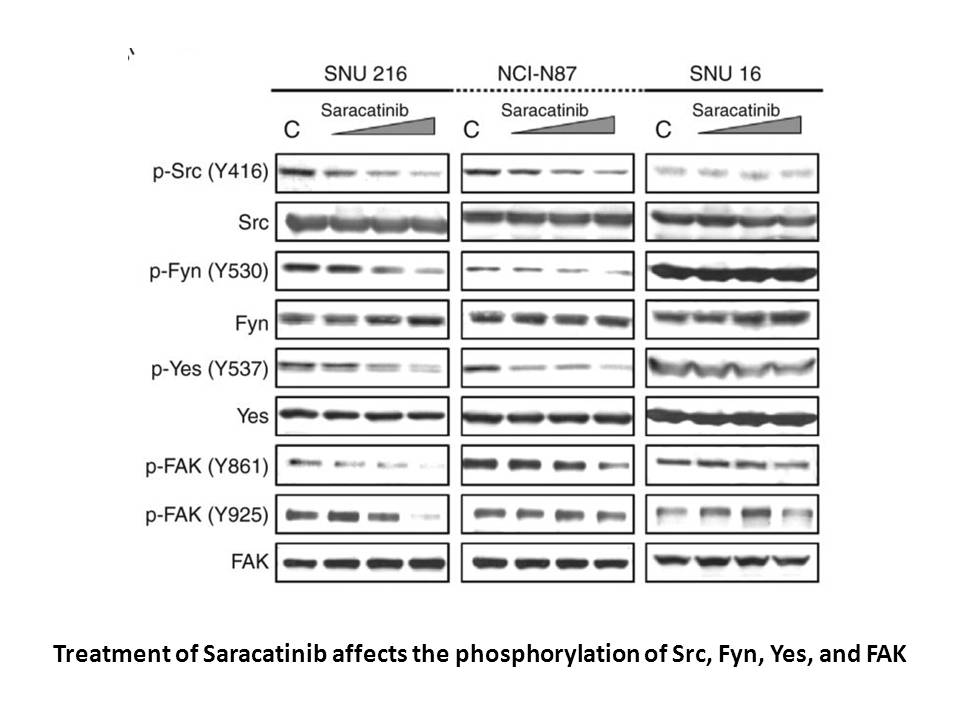
Chemistry The 8-methylsulfanyl-4,5-dihydro-1H-thieno[3,4-g]isothiadizaole scaffold was synthesized from commercially available 1,3-dioxolane-2,1′-cyclohexane-4-one 17 (Scheme 1). The isothiadizaole ring was formed with SOCl2 from N-carboxamide hydrazine imine 19, which was prepared from 17 and hy
-
Our synthetic approach to GPR antagonists was designed so th
2022-08-02

Our synthetic approach to GPR55 antagonists was designed so that many different structures could be accessed to rapidly explore initial SAR, along with validating or modifying our current model (). The synthesis begins with the coupling of a carboxylic Caspase Inhibitor Set I to 4-piperidone by fir
-
br Acknowledgments This work was supported by the National
2022-08-02

Acknowledgments This work was supported by the National Institutes of Health (R01 A1084898) to M.V. Williams and M.E. Ariza. Introduction Female pattern hair loss (FPHL) has emerged as the preferred term for androgenetic alopecia (AGA) in women due to the uncertain relationship between androg
-
Evaluating the plausibility of this selective scenario is ch
2022-08-02
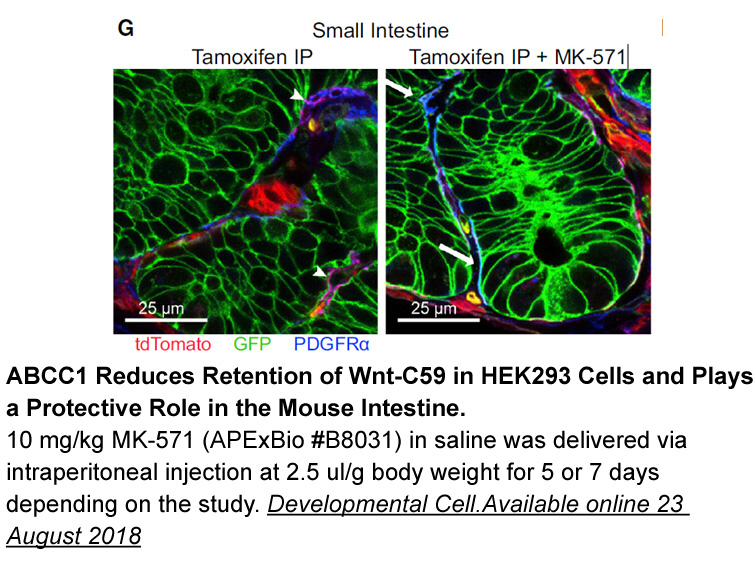
Evaluating the plausibility of this selective scenario is challenging because of the uncertainties concerning the biological role of calpain-10 and the significance of its variants with regard to gene function and disease susceptibility. However, from a strictly evolutionary standpoint, our findings
-
Next we designed substituents of the position Edge to face
2022-08-02
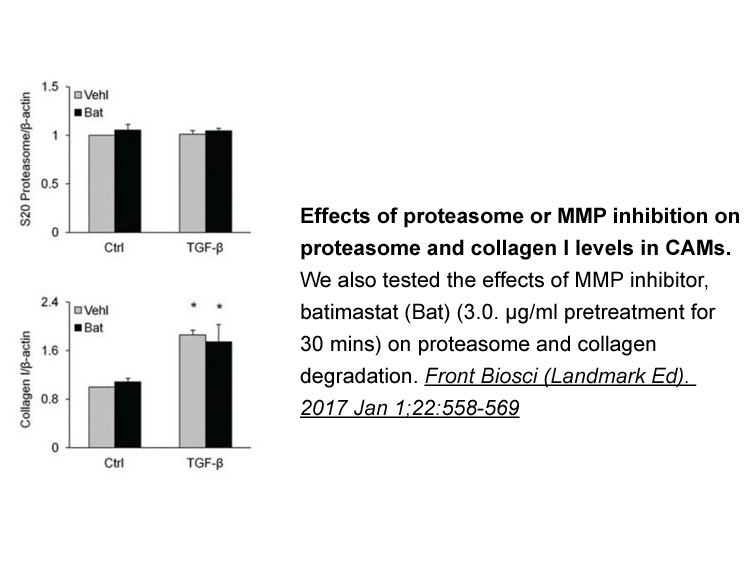
Next, we designed substituents of the 6-position. Edge-to-face aromatic interaction between aromatic ring of ligand and Phe162B needed to be retained because the interaction seems to be important for tight binding. 3′-Position of the 6-phenyl group of directs to a hydrophilic space where W1 exists.
-
tubulin Acknowledgments br Introduction Type diabetes
2022-08-02

Acknowledgments Introduction Type 2 diabetes mellitus (T2DM) is caused by relative insulin deficiency or insulin resistance in peripheral tissues. The clinical management of T2DM is achieved by controlling blood glucose levels. Current therapies available for treatment of T2DM include biguanides
-
Despite potent biological actions the native hormone undergo
2022-08-02
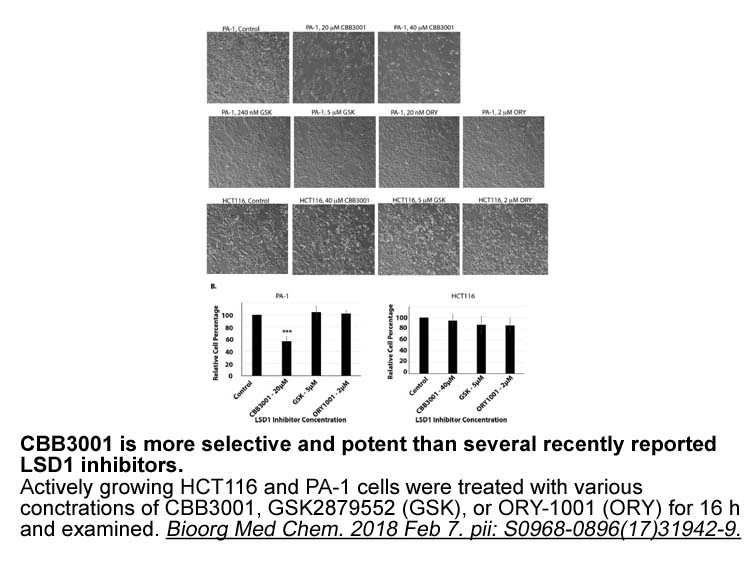
Despite potent biological actions, the native hormone undergoes degradation by the enzyme dipeptidylpeptidase-IV (DPP-IV) [17] and is rapidly cleared from the bloodstream by renal filtration [18]. One such approach to prolong the biological half-life of GIP is through conjugation with a polyethylene
-
Three main transport systems are involved in solute loss
2022-08-02
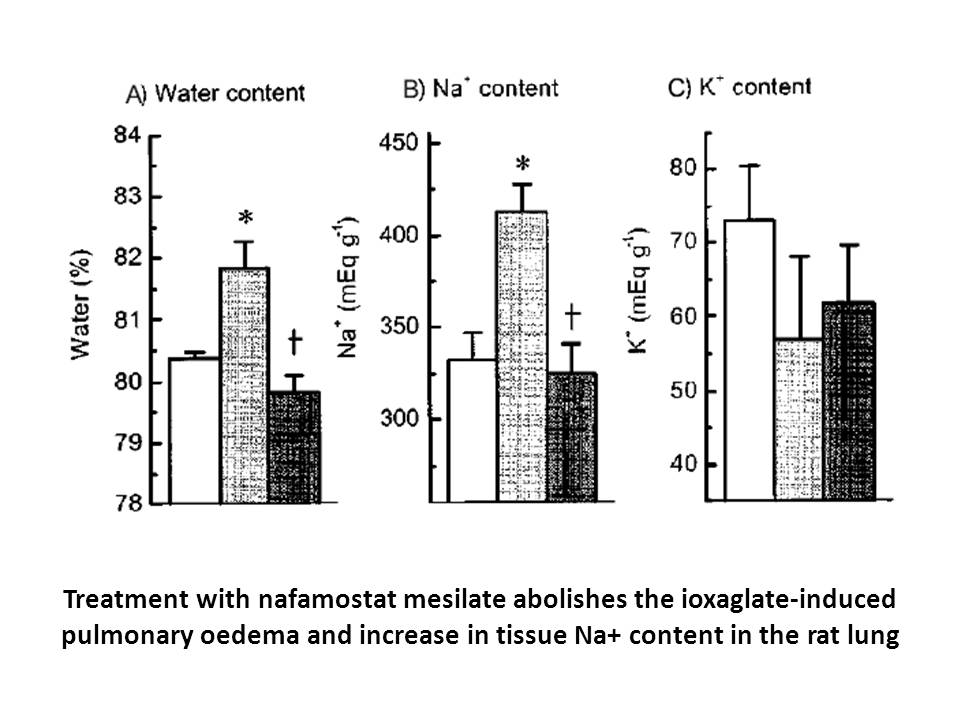
Three main transport systems are involved in solute loss and red cell dehydration (summarised in Fig. 1: Lew and Bookchin, 2005): the deoxygenation-induced cation conductance (sometimes termed Psickle), the Ca-activated K+ channel (or Gardos channel) and the KCl cotransporter (KCC). Psickle is activ
-
br Declarations of interest br Founding information
2022-08-02
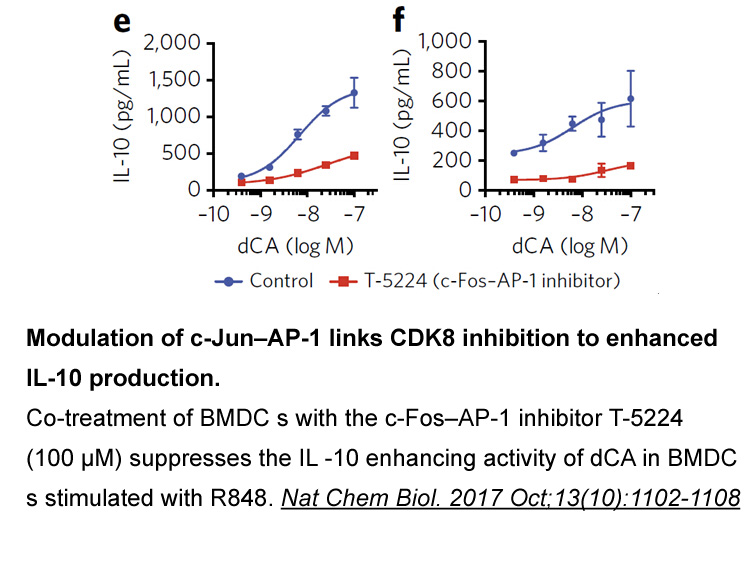
Declarations of interest Founding information This work was partially supported by the New Energy and Industrial Technology Development Organization (NEDO) Japan [grant number P03043]; and Grants-in-Aid for Scientific Research [grant number 16H00738 to H.M.] from the Japan Society for the Prom
-
br Conflict of interests br
2022-08-02

Conflict of interests Acknowledgements This work was supported by the National Institutes of Health grants HD058577 and ES01678 to Kirill Kiselyov. We thank Sreeram Ravi for technical support. We also thank Mike Myers at the University of Pittsburgh Cancer Institute Flow Cytometry Facility.
-
br Acknowledgments We thank Drs Yasuhiro Saito and Mitsuru
2022-08-01
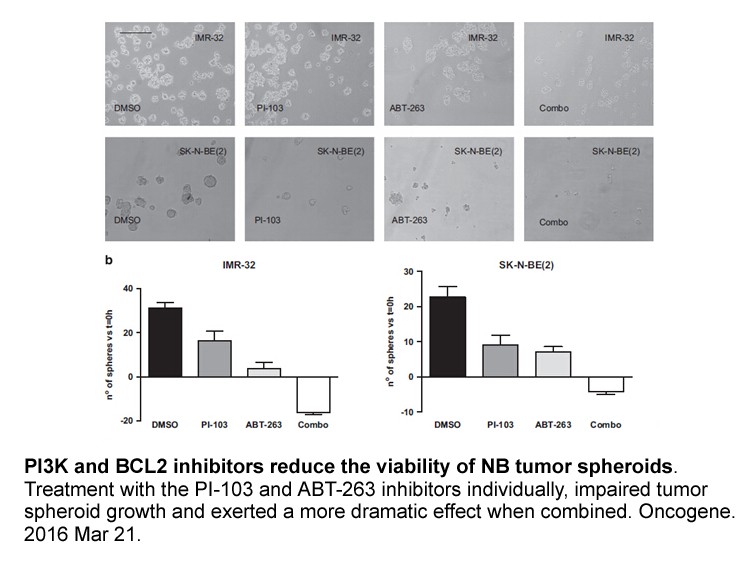
Acknowledgments We thank Drs. Yasuhiro Saito and Mitsuru Futakuchi for helpful discussion. We also thank Drs. Kohei Miyazono and Tadashi Matsuda for cells. This work was supported by Grant-in-Aids for Scientific Research on Innovative Area (16H06373; 16K15273) from MEXT, Japan (to M.H.) and by Pr
14591 records 377/973 page Previous Next First page 上5页 376377378379380 下5页 Last page